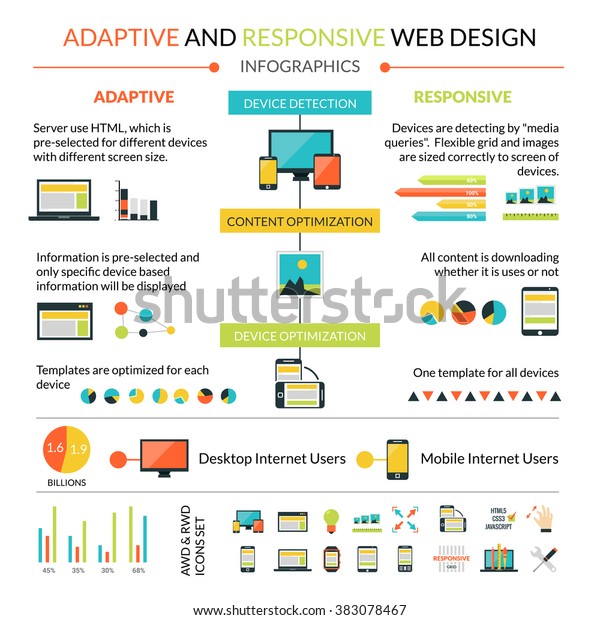Core Concepts Of Internet Site Style: Suggestions For Crafting A User-Friendly Online Visibility
Core Concepts Of Internet Site Style: Suggestions For Crafting A User-Friendly Online Visibility
Blog Article
Created By-Wiley Ehlers
When it pertains to site layout, making certain user-friendliness is vital. From responsive layout to structured navigation, every element plays a vital function in developing a site that accommodates your target market's needs. But what regarding responsive web development that can make or break a customer's searching experience? Remain tuned as we reveal some often-overlooked pointers that can elevate your site's use to the following level, making it truly attract attention in the digital landscape.
Relevance of Responsive Design
Receptive style is an important element of contemporary internet site development. Guaranteeing your site is receptive methods that it can adjust to various screen dimensions and devices, providing a seamless experience for customers.
With the increasing use smartphones and tablets to access the net, having a receptive layout is important for reaching a broader audience. It helps in enhancing customer experience by making your site very easy to browse and continue reading any type of gadget.
Additionally, responsive layout can positively affect your online search engine rankings, as search engines like Google focus on mobile-friendly internet sites. By having a responsive style, you're also future-proofing your website, as brand-new tools with differing screen sizes continue to arise.
Simplify Navigation Structure
To boost customer experience and help with simple accessibility to details on your site, enhancing the navigating framework is paramount. When designing your website, concentrate on creating a clear and intuitive navigating menu that helps visitors find what they're looking for rapidly.
Limitation the number of menu items to the basics, grouping associated pages with each other to avoid overwhelming users. Usage detailed tags that plainly suggest the material of each web page, making it easier for individuals to recognize where each link will take them.
Take into consideration carrying out dropdown food selections for subcategories to prevent littering the primary navigation bar. In addition, include a search bar prominently on the web page for users who prefer looking for particular details.
Prioritize mobile responsiveness in your navigating layout to make certain very easy accessibility on all tools.
Enhance Web Page Lots Rate
Improving page tons speed is essential for keeping visitors on your site. Slow-loading https://seo-images76420.worldblogged.com/37078228/boost-your-presence-the-important-benefits-of-google-company-profiles-for-small-enterprises and can result in high bounce rates. To maximize page load speed, beginning by enhancing pictures. Press pictures without jeopardizing high quality to decrease their documents dimensions.
Furthermore, enable web browser caching to save regularly accessed resources locally, quickening tons times for returning visitors. Minify CSS, JavaScript, and HTML files by eliminating unneeded personalities, comments, and format, enhancing load rate.
Consider making use of a web content distribution network (CDN) to disperse your internet site's content across multiple web servers worldwide, decreasing latency for users accessing your website from various locations. Lastly, limit using third-party manuscripts and plugins, as they can dramatically influence lots times.
Final thought
In conclusion, by including responsive design, simplifying navigation, and enhancing page load rate, you can create an user-friendly web site that interest a bigger audience and improves individual experience. These essential elements ensure that visitors can easily accessibility and navigate your site throughout various tools, resulting in boosted interaction and complete satisfaction. By concentrating on these key facets, you can construct a successful website that keeps users returning for even more.
